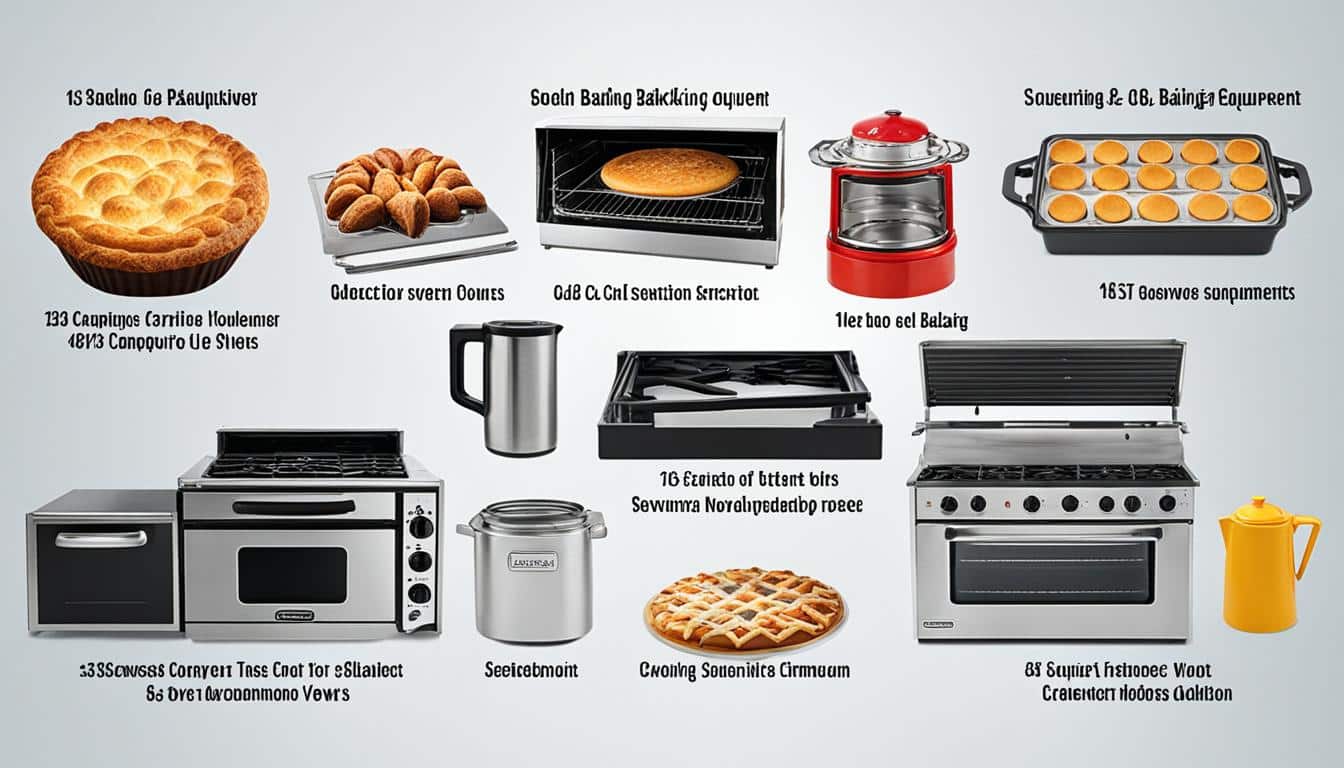
As a baking enthusiast, I’ve always been fascinated by the magical transformation that happens when flour, water, and time come together to create a delicious loaf of bread. But there was one challenge I had yet to conquer – making my own sourdough bread from scratch. I had heard stories of the complex process involved in creating a sourdough starter and I was intimidated. Nevertheless, armed with a beginner’s guide and a lot of enthusiasm, I decided to give it a try.
With a bag of whole wheat flour and a trusty mason jar, I embarked on my sourdough journey. Following the step-by-step instructions, I mixed equal parts flour and water, creating a thick and sticky mixture. It felt almost like magic, knowing that this simple combination had the potential to capture the wild yeasts and friendly bacteria in the air, transforming it into a living, breathing sourdough starter.
Over the next few days, I diligently fed my starter, discarding a portion and adding fresh flour and water each day. I watched in awe as bubbles started to form and the mixture doubled in size. It was alive! The tangy aroma that filled my kitchen was a testament to the fermentation happening within the jar.
Patience was key during this process. There were moments when I doubted whether my starter would ever become active, but I persevered. And finally, after seven days of care and attention, my sourdough starter was ready to be used. It had a bubbly texture and a distinct sour smell – the signs of a healthy and thriving starter.
With my homemade sourdough starter in hand, I couldn’t wait to start baking. The possibilities seemed endless – crusty sourdough bread, fluffy focaccia, and even tangy sourdough pizza crust. I was amazed at how a simple mixture of flour and water could give birth to such culinary delights.
This beginner’s guide to creating a sourdough starter from scratch is your ticket to unlocking a world of homemade sourdough goodness. Whether you’re a seasoned baker or a complete novice, the process of cultivating your own sourdough starter is a rewarding experience that will elevate your baking to new heights. So roll up your sleeves, get your flour ready, and let’s dive into the wonderful world of sourdough!
The Importance of a Healthy Sourdough Starter
A healthy sourdough starter is crucial for baking great sourdough bread. The starter is a mixture of flour and water that hosts a stable blend of beneficial bacteria and wild yeasts. These microbes are responsible for fermentation, which not only provides flavor to the bread but also acts as a natural leavening agent.
Maintaining a healthy starter requires regular feedings with fresh flour and water. Feeding schedules may vary, but a common practice is to discard a portion of the starter and add new flour and water at regular intervals. The right flour and feeding ratios, along with proper environmental conditions, help create a strong and active starter.
Factors such as temperature, water quality, and the type of flour used can impact the fermentation process. By being observant of your starter’s needs and providing it with the right conditions, you can ensure that it stays strong and continues to produce flavorful and leavened bread.
The Role of Fermentation in Flavor and Leavening
Fermentation is a natural process that occurs when the wild yeasts and bacteria in the sourdough starter break down carbohydrates in the dough. This process produces carbon dioxide gas, which creates air pockets in the dough, resulting in a light and airy texture. Additionally, fermentation helps to develop complex flavors in the bread.
During fermentation, the yeasts consume the sugars in the flour, producing organic acids and alcohol. These byproducts contribute to the tangy and slightly acidic flavor that is characteristic of sourdough bread. The longer the fermentation period, the more pronounced the flavor becomes.
Furthermore, the fermentation process in sourdough bread is slower compared to commercial yeast bread. This slow fermentation allows for the development of a deep and rich flavor profile. The extended fermentation also breaks down gluten, making the bread easier to digest for individuals with gluten sensitivities.
Tips for Maintaining a Healthy Sourdough Starter
To ensure the health of your sourdough starter, consider the following tips:
- Keep your starter at a consistent temperature, ideally between 70-80°F (21-27°C). Avoid extreme temperature changes, as it can affect the activity of the microbes.
- Use filtered or bottled water, as chlorine and other chemicals in tap water can hinder fermentation.
- Choose high-quality flours for feeding your starter. Whole wheat flour provides more nutrients, while all-purpose flour creates a milder flavor. Experiment with different ratios to find your preferred balance.
- Observe the activity of your starter. It should double in size and have a bubbly texture within a few hours of feeding. If it doesn’t show signs of activity, try adjusting the feeding ratios or providing a warmer environment.
By dedicating attention to your sourdough starter and nurturing it with proper care, you can ensure that it remains healthy and vibrant, resulting in delicious and flavorful sourdough bread.
Storing and Maintaining Your Sourdough Starter
Once you have established a sourdough starter, it’s important to maintain it properly to keep it alive and thriving. Regular feedings are necessary to maintain the strength of your starter. The frequency of feedings depends on whether you store your starter at room temperature or in the fridge.
If stored at room temperature, it should be fed daily to keep it active and healthy. Daily feedings help maintain the fermentation process and ensure that the wild yeasts and friendly bacteria in the starter remain active. This consistent supply of food keeps the starter robust and ready for baking.
On the other hand, if you choose to store your starter in the fridge, feeding it once a week is sufficient to keep it alive. Storing sourdough starter in the fridge slows down the fermentation process and helps it stay dormant. When using a refrigerated starter, it’s essential to give it a refreshment before baking. This involves taking it out of the fridge, allowing it to warm up slowly at room temperature, and feeding it multiple times to restore its strength. This refreshment process helps restore the starter’s vigor, ensuring consistent baking results.
To reduce waste and save flour, you can maintain a smaller sourdough starter if you don’t bake frequently. In terms of storage, you have options. For shorter periods, you can store the starter in the fridge, and for longer-term storage, you can dry it out. Drying out the starter involves spreading it thinly on parchment paper and allowing it to air dry. Once dry, you can break the dried starter into small pieces and store them in an airtight container until needed. Just remember to rehydrate and reactivate the dried starter by following the same steps as reviving a refrigerated starter before using it for baking. With proper sourdough starter maintenance and care, you can enjoy consistent baking outcomes and have your starter last indefinitely, providing you with countless delicious loaves of bread.

